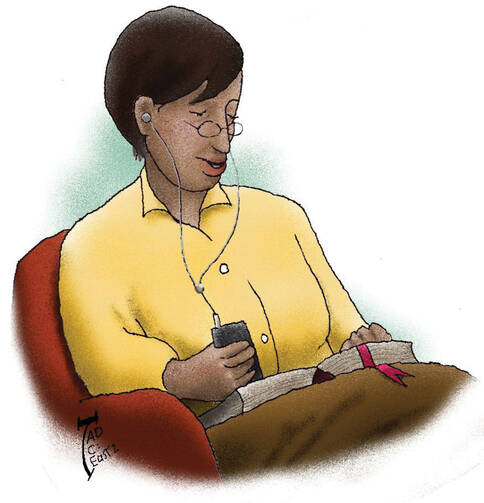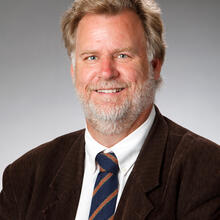A Shocking Love
One of the most difficult things for Western Christians to grasp is the reality of the miraculous, which infuses the whole of the New Testament. We labor, more than we know, under the assumptions of a world that is a closed, empirical system from which God is absent. Rudolf Bultmann, the great 20th-century biblical scholar, stated it clearly: “We cannot use electric lights and radios and, in the event of illness, avail ourselves of modern medical and clinical means and at the same time believe in the spirit and wonder world of the New Testament.”
Claims like this are believed widely today, even by Catholics, but it raises serious issues—primarily, what ought we to do with all the miracles in the New Testament? And if the miraculous is excised from the New Testament, what do we affirm as Christians?
Ben F. Meyer raised a different point in his book The Aims of Jesus (1979), asking whether “persons testifying to miracles are by that very fact shown to be incompetent or dishonest or self-deceived, and this without reference to their credentials or to the particulars of the case but by ineluctable a priori law.” This is an important point, for the first Christians who experienced and professed Jesus’ resurrection, who were observers and performers of miracles, did not bear witness to these events as everyday occurrences but precisely as something out of the ordinary. These acts were understood as signs of God’s divine act of salvation through Jesus Christ, not as party tricks. “If the salvific context is overlooked, the concrete possibility of miracle evaporates,” wrote Meyer. But when we keep in mind the salvific context in which God acted through the life, death and resurrection of Jesus Christ, we have the context in which normal boundaries of human life were shattered on behalf of all humanity. The divine world is opened to us and the miraculous makes a claim on us.
Bultmann’s claim is false, not just because today many people have made their peace with light bulbs and miracles, robotic surgery and Peter’s shadow healing the sick, but because it is false even in the ancient context.
The apostle Thomas’s technology, oil lamps and papyrus, was superior to that which came before, but less advanced than what Bultmann knew and what we have today. It was not Thomas’s technology, better than that of the Bronze Age, that kept him from believing Jesus had been raised from the dead; it was his unwillingness to believe that God would act in such a way to bring about salvation. Technology is a red herring for a world closed off from the divine presence. Even in the first century, Thomas wanted empirical proof: “Unless I see the mark of the nails in his hands and put my finger into the nailmarks and put my hand into his side, I will not believe.”
Jesus appeared to him and to the others, passing through locked doors and otherwise breaking down the barriers between spirit and matter, saying to Thomas, “Put your finger here and see my hands, and bring your hand and put it into my side, and do not be unbelieving, but believe.”
Thomas did not touch the risen Lord; but upon seeing him a light bulb, or oil lamp, went off in his head and he said, “My Lord and my God!” Jesus had not broken through the technology of his day, but through the boundaries Thomas had placed on God’s saving actions.
The very point of the Incarnation is that something new has broken in on humanity, that a world we are tempted to see as closed, with God absent or indifferent, has been shocked open by God’s love for us. Miracles are not intended to titillate or amuse us; they are signs to demonstrate God’s care for us. Those who witnessed them passed them on so that we might believe, even though, or especially because, we have not seen the empirical proofs.
This article also appeared in print, under the headline “A Shocking Love,” in the April 1, 2013, issue.








